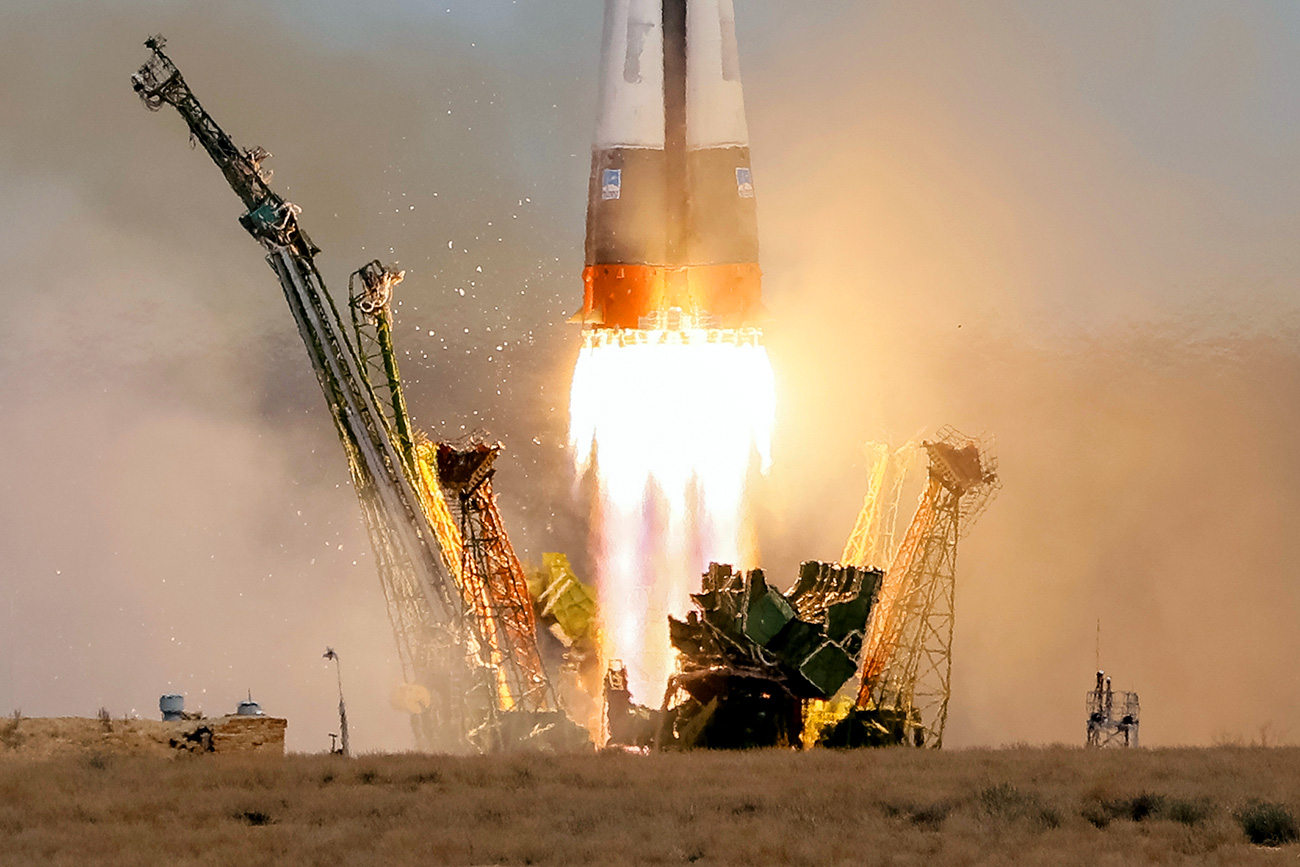
Sputnik 1, the Earth's first artificial satellite, was launched from Baikonur on October 4, 1957.
Reuters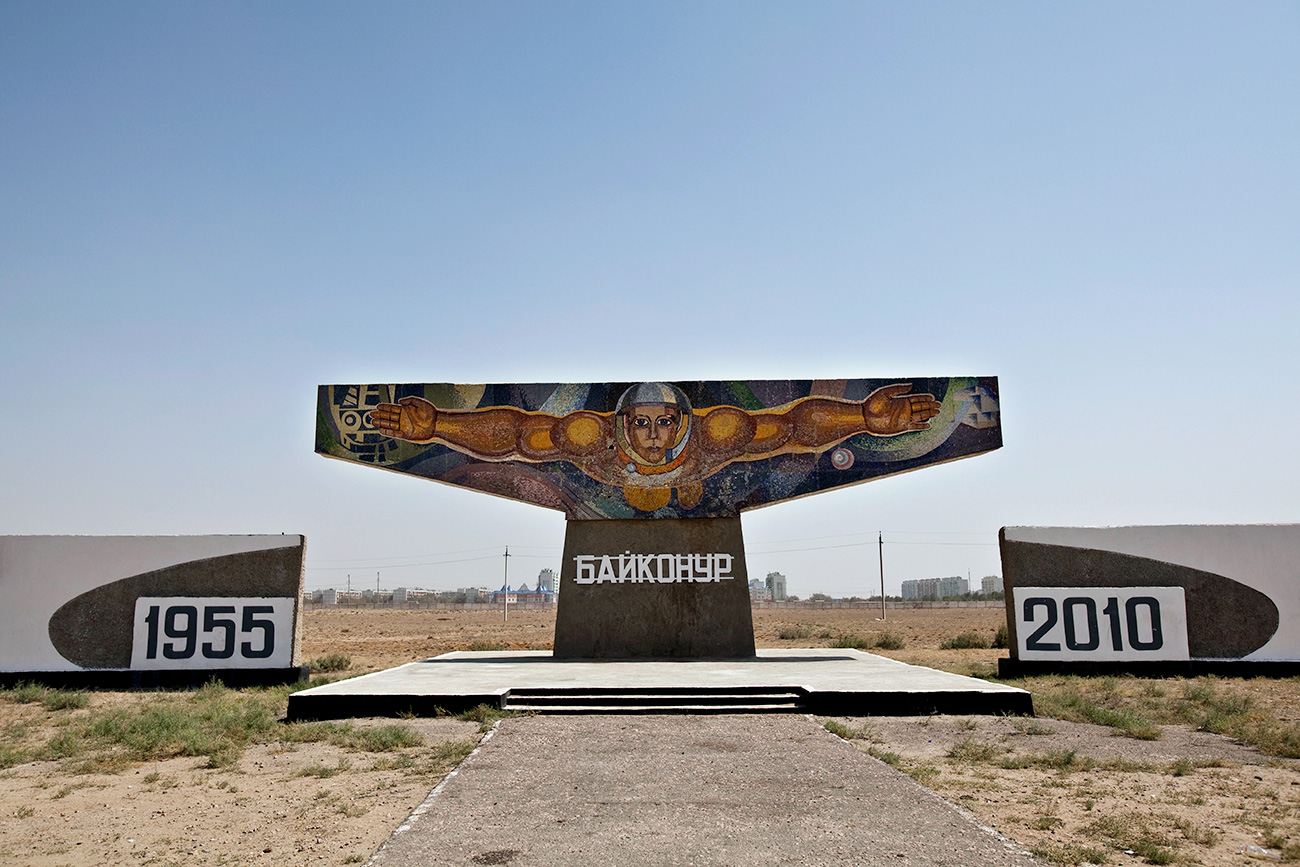
The Baikonur Cosmodrome, the world's first and largest operational spaceport, is located in the desert steppe of southern Kazakhstan. It was founded on June 2, 1955.
ZUMA Press/Global Look Press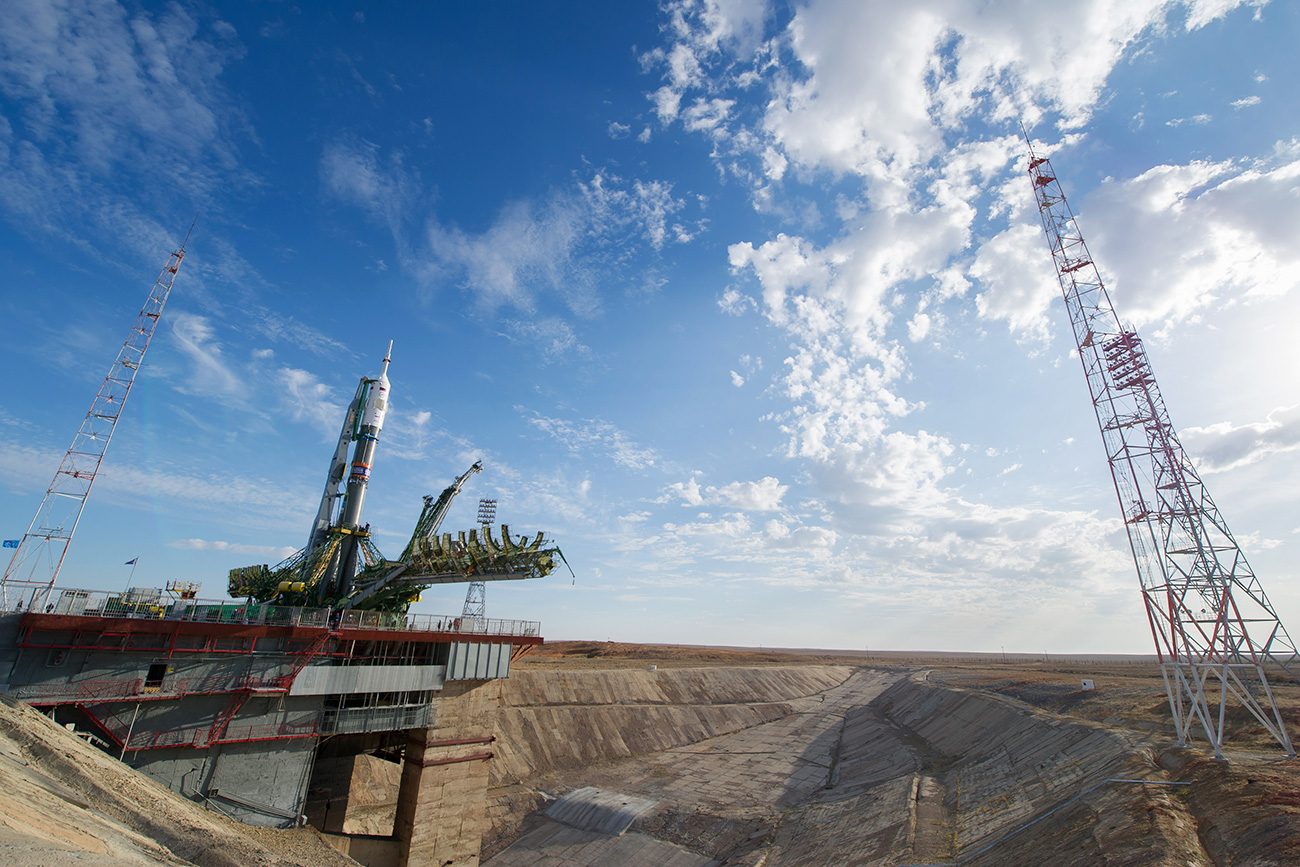
Russia pays $115 million annually to lease the spaceport, under an agreement scheduled to last until 2050.
Roman Sokolov/RIA Novosti
Ancient nomads considered the area of the future spaceport sacred and called it the ‘Navel of the Earth.’
AP
The remnants of an ancient civilization were found during the construction of the spaceport. Leading spacecraft designer Sergey Korolev called this a good sign.
Getty Images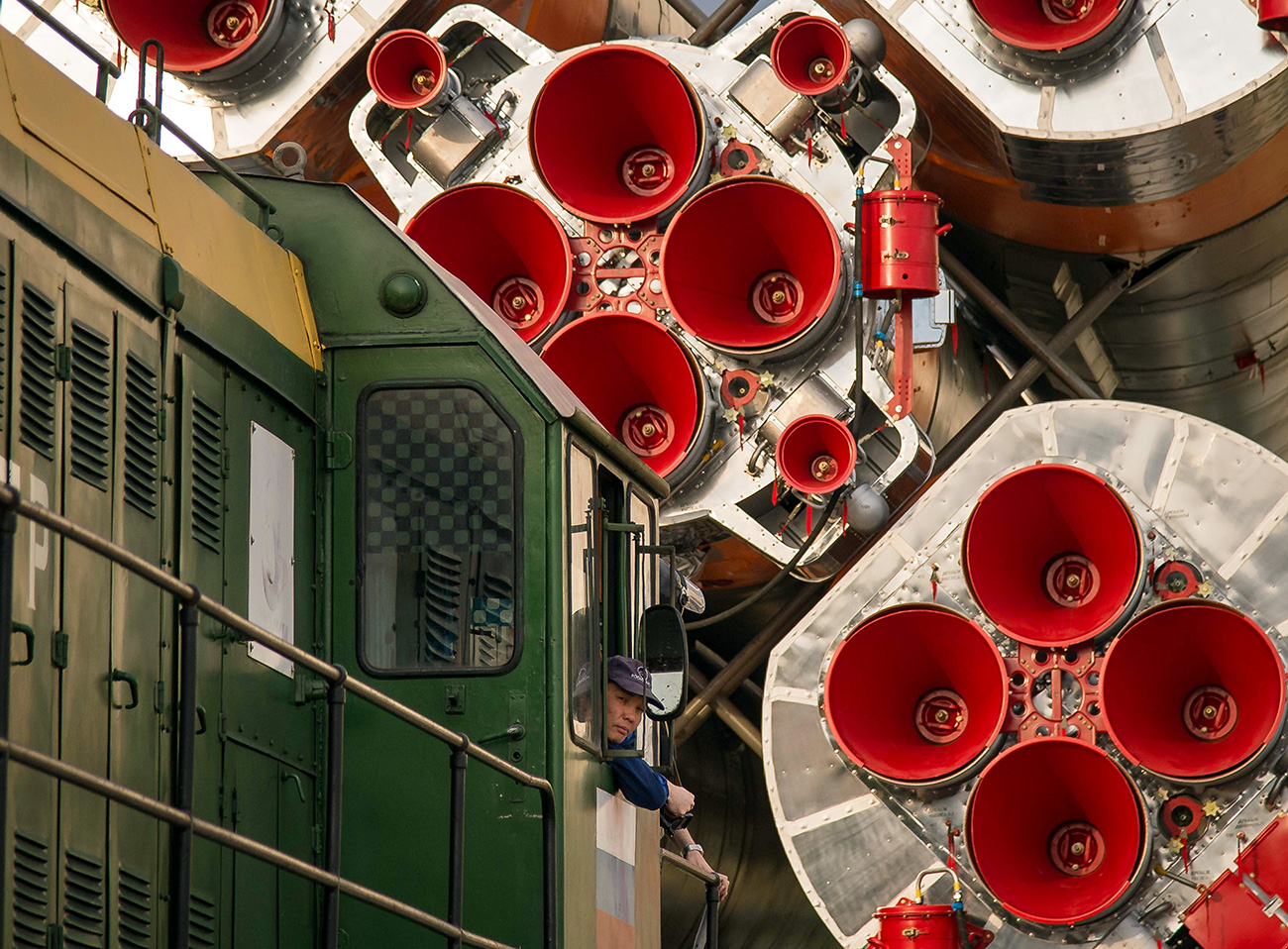
The cosmodrome was founded on June 2, 1955 as a test site for the world's first intercontinental ballistic missile, the R-7.
ZUMA Press/Global Look Press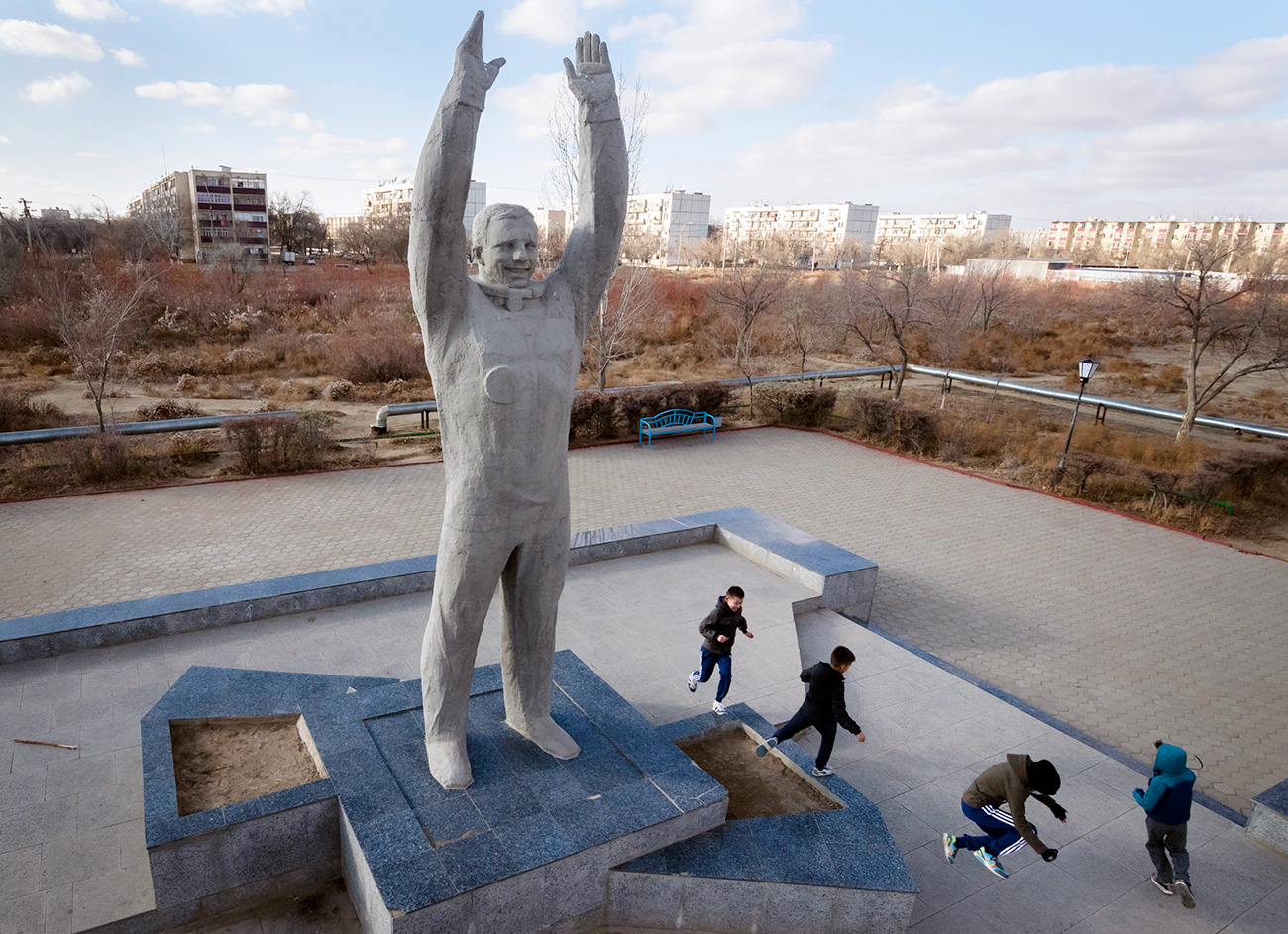
Yuri Gagarin took part in the first manned space mission from the cosmodrome’s first launch pad on April 12, 1961.
AP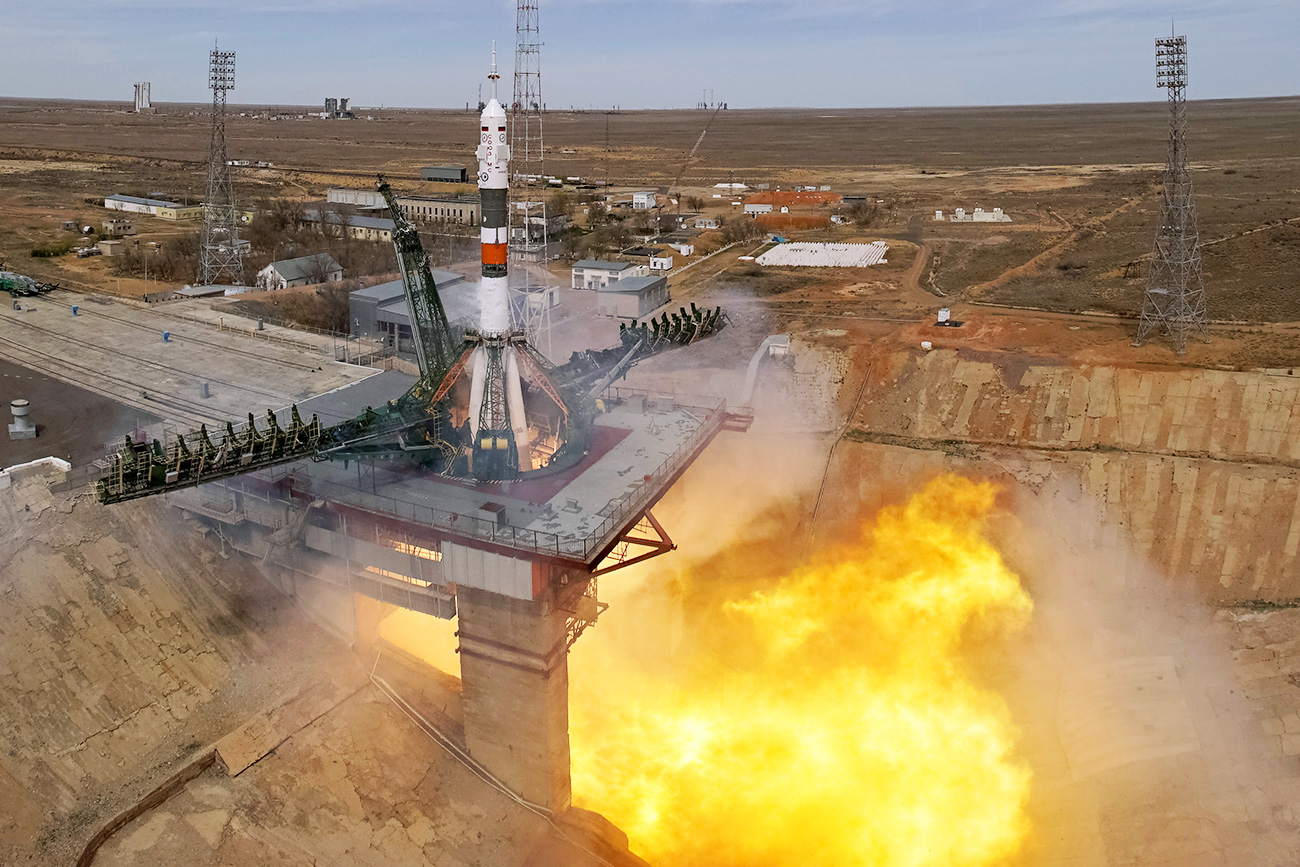
Soviet cosmonaut Valentina Tereshkova became the first woman to fly to space when she traveled on the Vostok 6 mission on June 16, 1963.
Reuters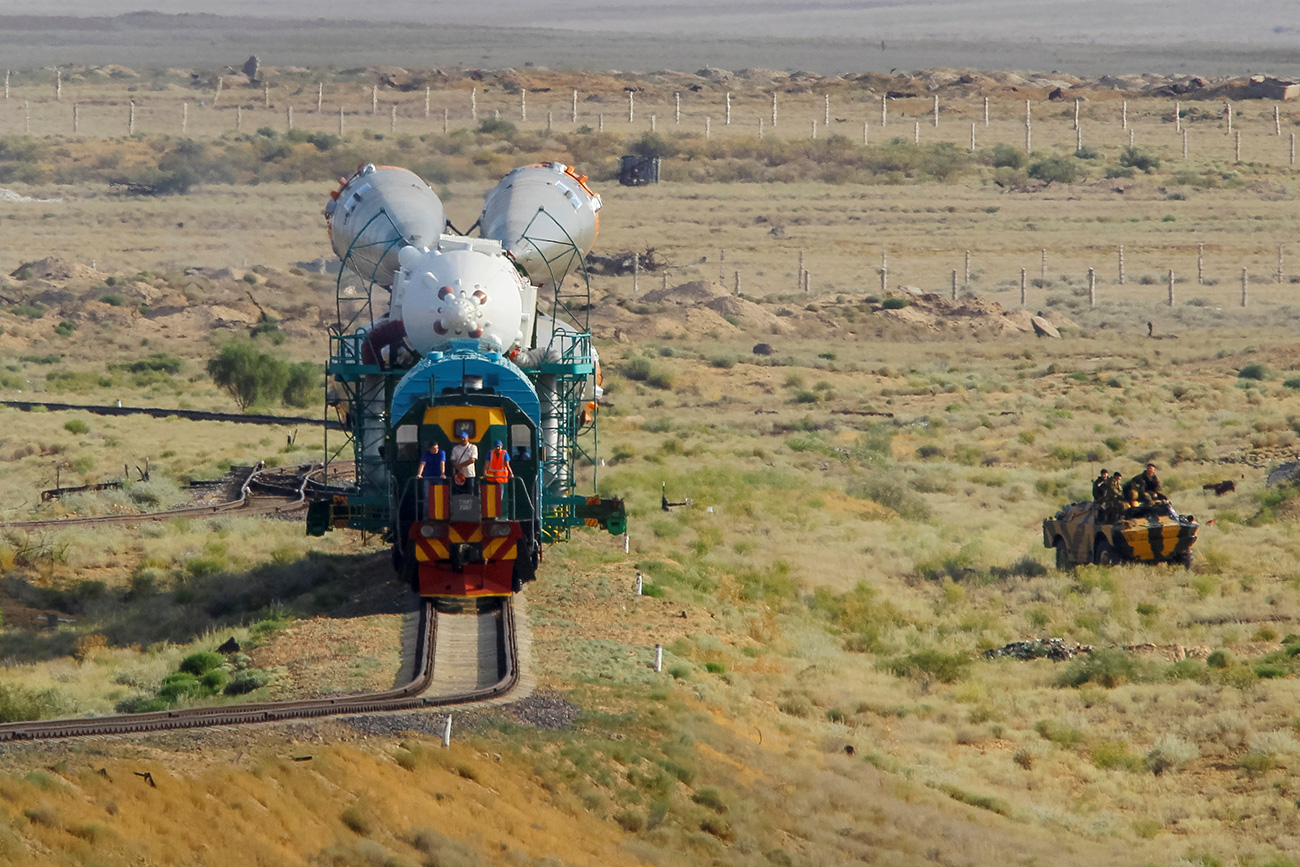
Over 1,500 spacecraft that served a variety of purposes and more than 100 intercontinental ballistic missiles have been launched from Baikonur in less than half a century.
Reuters
Moscow plans to replace Baikonur with the new Vostochny spaceport, which is under construction in the Russian Far East.
APSubscribe
to our newsletter!
Get the week's best stories straight to your inbox